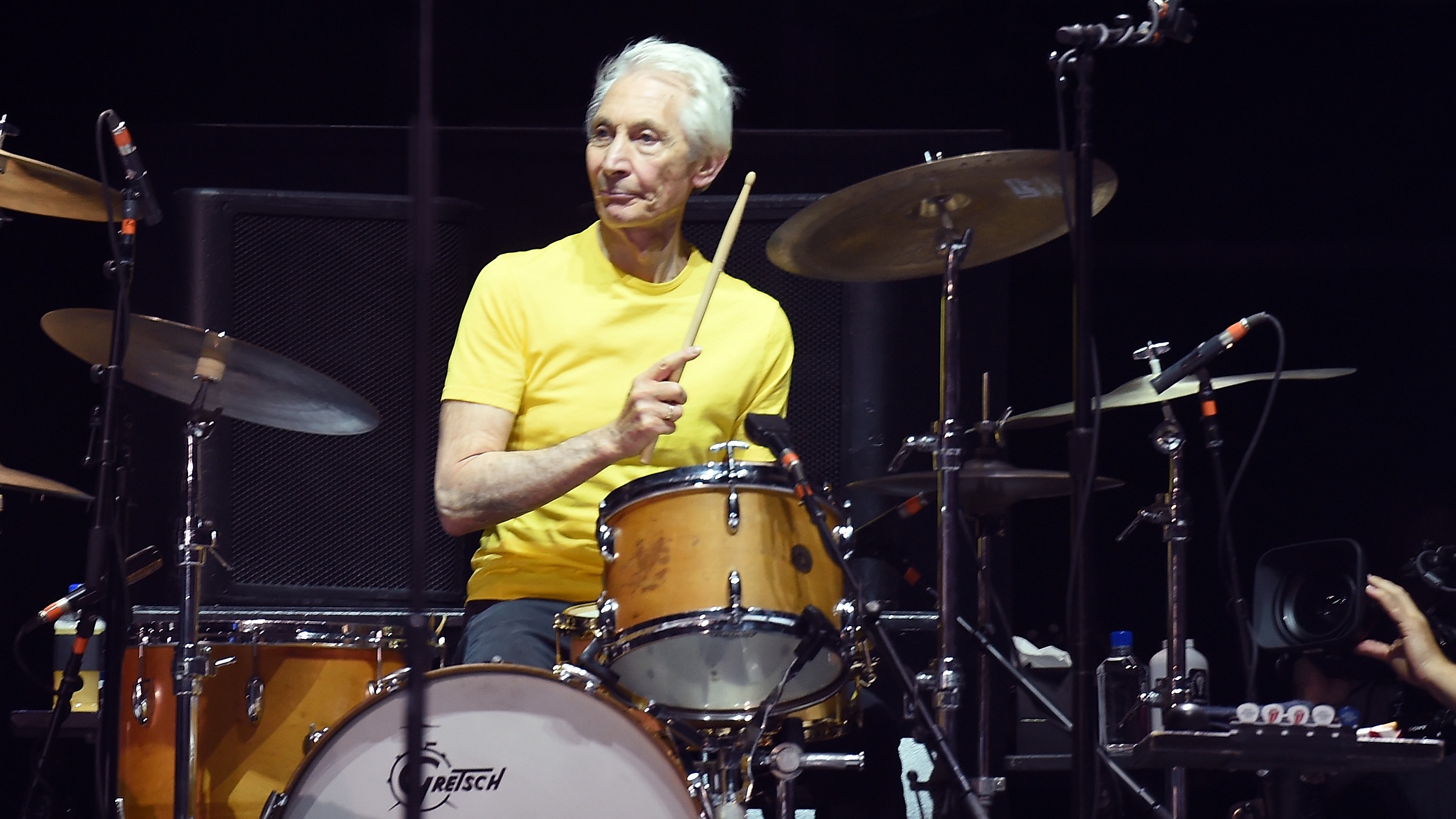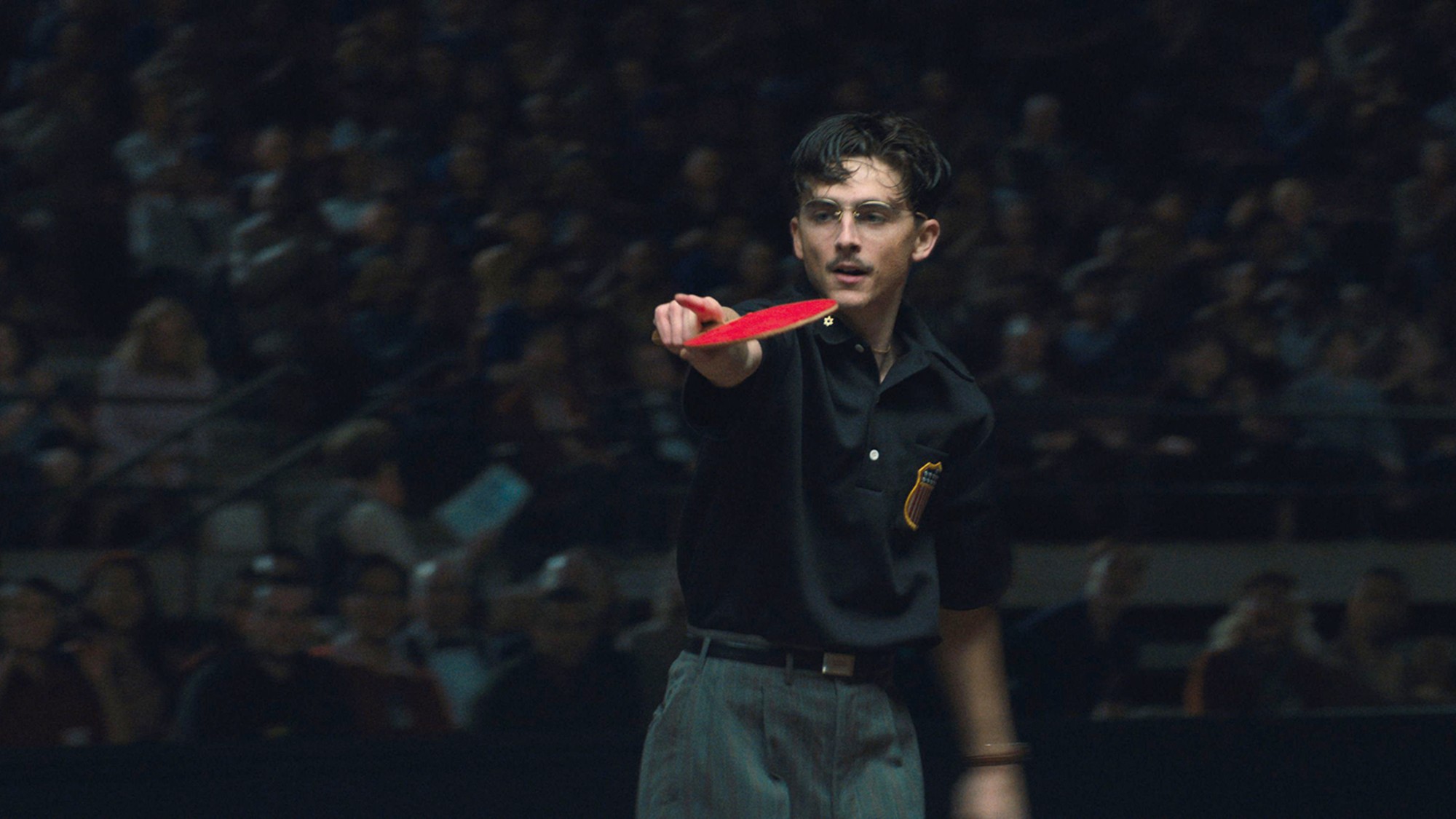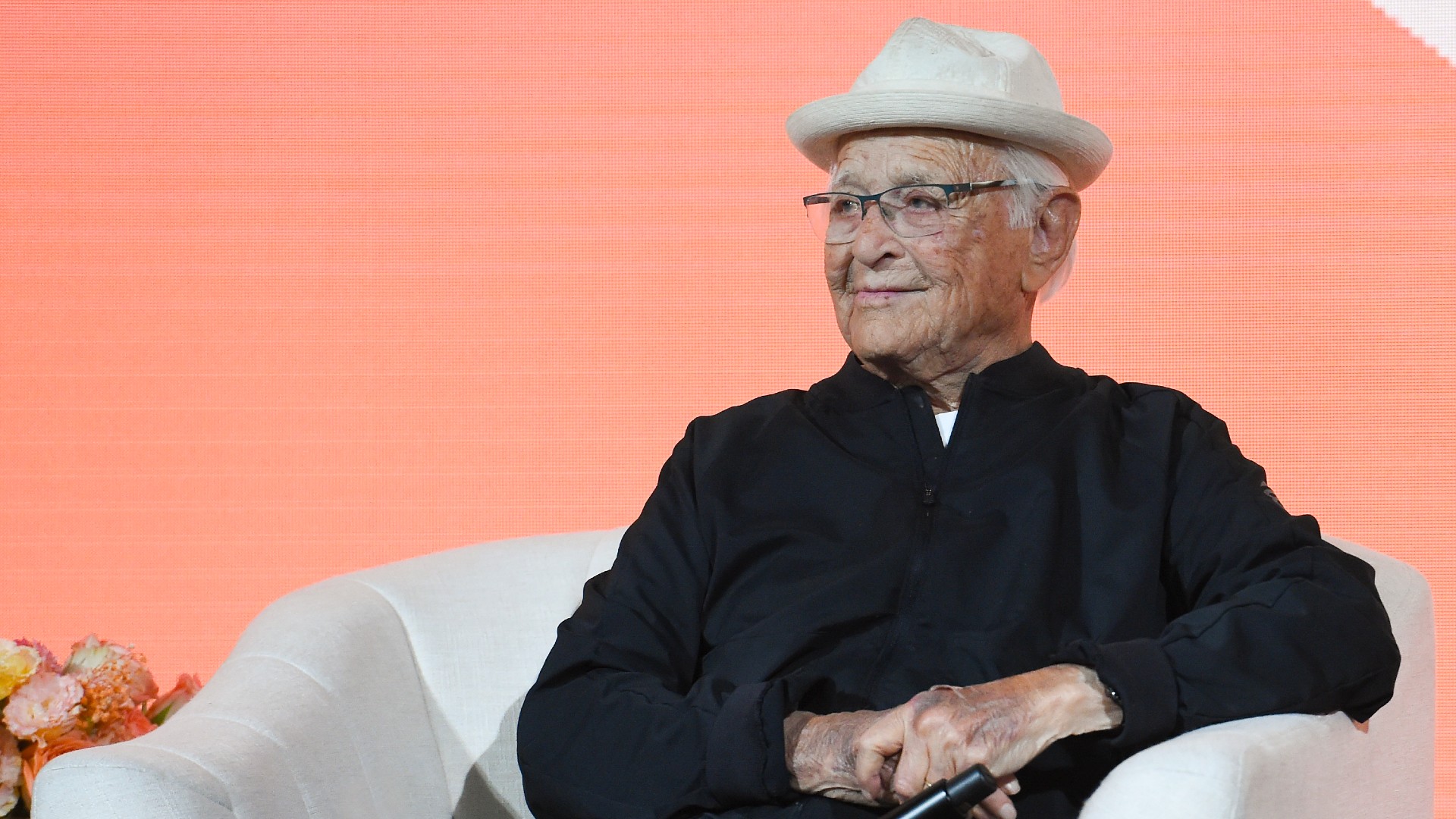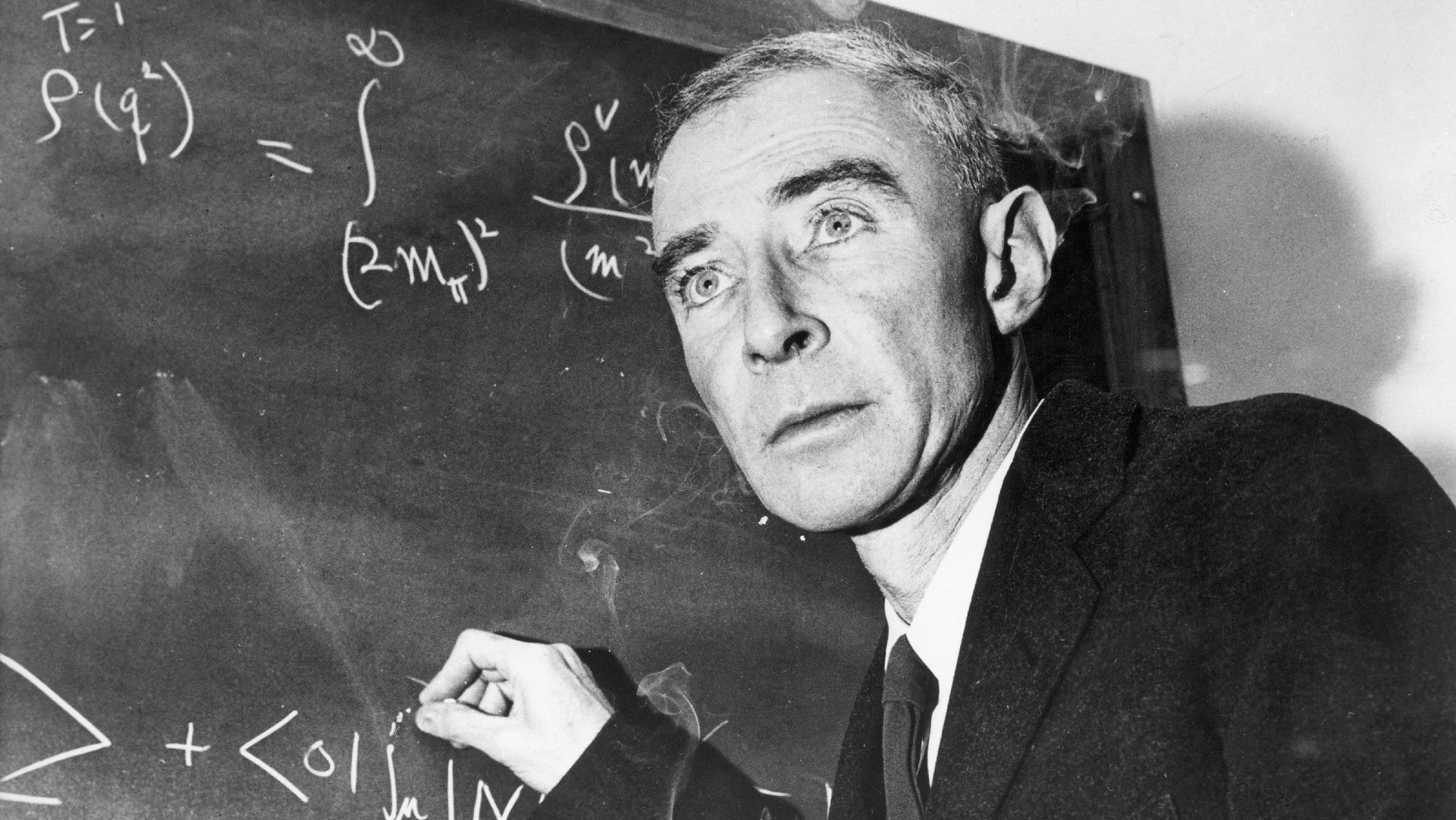Charlie Watts: five anecdotes about the Rolling Stones star
The famously mild-mannered rock star has died aged 80

The Rolling Stones drummer Charlie Watts has died at the age of 80.
Perhaps the most reluctant rock-star to emerge from the 60s, he was certainly the most “mild-mannered of the Rolling Stones”, said The Times, yet he acted as a “counterweight to the flamboyance” of his band members; indeed, his “phlegmatic presence was a vital ingredient in the Stones’ often volatile chemistry”, said the paper.
“Watts was the Stone who never rolled,” said The Telegraph, yet he was the “linchpin” of the band - by far “the most respected by musicians and popular with the fans.”
The Week
Escape your echo chamber. Get the facts behind the news, plus analysis from multiple perspectives.

Sign up for The Week's Free Newsletters
From our morning news briefing to a weekly Good News Newsletter, get the best of The Week delivered directly to your inbox.
From our morning news briefing to a weekly Good News Newsletter, get the best of The Week delivered directly to your inbox.
Indeed, it was “that temperament, coupled with his skills behind the kit, that kept the Stones going for nearly 60 years”, said Vulture, quoting a Keith Richards interview from 1979: “Everybody thinks Mick and Keith are the Rolling Stones. If Charlie wasn’t doing what he’s doing on drums, that wouldn’t be true at all. You’d find out that Charlie Watts is the Stones.”
In the wake of his death, here are some of the best anecdotes from the life of one of rock music’s greatest drummers:
1. The Mick Jagger punch
Despite his temperate reputation, Watts had his moments of rock'n’roll excess too, perhaps most famously coming to blows with lead singer Mick Jagger while the group were in Amsterdam in 1984 to discuss the future of the band.
A free daily email with the biggest news stories of the day – and the best features from TheWeek.com
Like all great legends, there are a few retellings – but according to Richards’ 2010 autobiography Life, Richards and Jagger arrived back in their hotel at 5am after a night on the town, when “Mick called up Charlie.”
Richards recalled: “I said, don’t call him, not at this hour. But he did, and said, ‘Where’s my drummer?’ No answer.”
Then 20 minutes later, “there was Charlie Watts, Savile Row suit, perfectly dressed, tie, shaved, the whole f***ing bit.”
Watts reportedly strode past Richards before grabbing Jagger, telling him: “Never call me your drummer again” – before landing a “right hook” on the singer.
As Richards tells it, Jagger fell back onto a “silver platter of smoked salmon” and started to “slide towards the open window” before Richards grabbed him “just before he slid into the Amsterdam canal”.
Another apocryphal version, included in his Telegraph obituary, ends the story with Watts telling Jagger: “Don’t ever call me your drummer again. You’re my f****g singer!”
“It’s not something I’m proud of doing, and if I hadn’t been drinking I would never have done it,” Watts said in his own 2003 book, According to The Rolling Stones. “The bottom line is, don’t annoy me.”
2. Not giving up his day job
Watts was already gigging as a drummer in London jazz clubs by the time he met Jagger in 1961 – but his steady job was as a graphic designer for West End advertising agency Hobson and Grey, having attended Harrow School of Art.
Watts met Jagger when he joined Alexis Korner’s Blues Incorporated, who sometimes used Jagger as a singer. Jagger had his own group – already including Richards and Brian Jones – but lacked a regular drummer.
According to The New York Times, the band was desperate to hire Watts, but “could not afford” his five pounds a week fee.
“We starved ourselves to pay for him!” Richards wrote in Life. “Literally. We went shoplifting to get Charlie Watts.”
Indeed, Watts preferred his secure job as a designer – admitting later that he was convinced rock ’n’ roll “wasn’t going to last five minutes”, according to The Times.
Although he eventually started gigging with the band, he “stubbornly refused to give up his day job until the Stones signed their first recording contract with Decca” in 1963.
3. Making his first drum kit
Despite the Stones’ desperation to have Watts on board as a drummer, his career as a sticks man had an unusual start: according to The Telegraph, he “made his first drum kit out of Meccano and a cannibalised banjo”.
The banjo was, in fact, his first instrument, but “baffled by the fingerings required to play it, he removed the neck and converted its body into a snare drum,” said The New York Times.
Buying his first jazz record at 13 – Walkin’ Shoes by Gerry Mulligan and Chet Baker’s quintet – he began to play the drums a year later.
And despite his fame for playing in the rockband, often dubbed the greatest of all time, jazz would remain his true love. Watts continued to play in various jazz groups throughout his life, including the Charlie Watts Quintet, the Charlie Watts Tentet, the Charlie Watts Orchestra.
4. A secret marriage
Watts was married for almost his entire career, meeting his wife Shirley Ann Shepherd in 1961 and becoming “the first Stone to tie the knot”, when they married three years later, said Vulture.
But he initially kept his marriage a secret, fearing it would “upset the Stones’ army of screaming teenage female fans”, said The Times. Watts “figured that the fewer people who knew the better and didn’t even tell his bandmates or Andrew Loog Oldham, the Stones’ manager.”
Indeed, “eschewing the attraction of groupies and hangers-on”, during their first trip to Australia in 1965, Watts reportedly spent more money on long-distance phone calls home every day to Shirley than he earned on the entire tour.
5. Hotel bed drawings
Rather less interested in the high-octane and often drug-fuelled adventures of his band members, Watts would usually go back to his hotel room alone while on tour – and sketch his lodgings.
In 1996 he told Rolling Stone magazine: “I keep a diary of drawings. I’ve drawn every bed I’ve slept in on tour since 1967.”
“I used to take a lot of things that keep you awake, and I’d have nothing to do. So I have all these hotel rooms recorded,” he told the magazine.
“What’s nice about it is, it’s visual, and it just goes on and on, and you think, ‘Is this ever gonna end?’ You’ve got Washington in ’67 and then you’ve got Washington a couple of years ago, and they’re kind of the same.”
Sorcha Bradley is a writer at The Week and a regular on “The Week Unwrapped” podcast. She worked at The Week magazine for a year and a half before taking up her current role with the digital team, where she mostly covers UK current affairs and politics. Before joining The Week, Sorcha worked at slow-news start-up Tortoise Media. She has also written for Sky News, The Sunday Times, the London Evening Standard and Grazia magazine, among other publications. She has a master’s in newspaper journalism from City, University of London, where she specialised in political journalism.
-
 Film reviews: ‘Marty Supreme’ and ‘Is This Thing On?’
Film reviews: ‘Marty Supreme’ and ‘Is This Thing On?’Feature A born grifter chases his table tennis dreams and a dad turns to stand-up to fight off heartbreak
-
 Political cartoons for December 14
Political cartoons for December 14Cartoons Sunday's political cartoons include a new White House flag, Venezuela negotiations, and more
-
 Heavenly spectacle in the wilds of Canada
Heavenly spectacle in the wilds of CanadaThe Week Recommends ‘Mind-bending’ outpost for spotting animals – and the northern lights
-
 All in the family: honoring Norman Lear, the godfather of the American sitcom
All in the family: honoring Norman Lear, the godfather of the American sitcomthe explainer Lear revolutionized television and brought us memorable characters like Archie Bunker and George Jefferson
-
 Róisín Murphy: Irish singer in puberty blockers row
Róisín Murphy: Irish singer in puberty blockers rowMoloko star voiced concern over the use of medication by transgender children
-
 Timothée Chalamet: the making of a global superstar
Timothée Chalamet: the making of a global superstarIn the Spotlight The American-French actor has transformed from art-house actor to blockbuster star and fashion icon
-
 Mick Jagger: five things you might not know about the octogenarian rockstar
Mick Jagger: five things you might not know about the octogenarian rockstarIn the Spotlight The rock legend will celebrate his 80th birthday at a lavish party in London
-
 Bad Bunny: world’s most-streamed musician giving a voice to Puerto Rico
Bad Bunny: world’s most-streamed musician giving a voice to Puerto RicoIn the Spotlight Global superstar champions Latino culture, speaks out against corruption and challenges gender norms
-
 J. Robert Oppenheimer: the real ‘father of the atomic bomb’ at centre of new blockbuster
J. Robert Oppenheimer: the real ‘father of the atomic bomb’ at centre of new blockbusterIn the Spotlight The physicist who led the Manhattan Project has become a martyr for some but his legacy is more complicated
-
 Robert F. Kennedy Jr: conspiracy theorist and Democrat challenger
Robert F. Kennedy Jr: conspiracy theorist and Democrat challengerIn the Spotlight The political scion and vaccine sceptic is taking on Joe Biden in battle to be the party’s 2024 nominee for president
-
 Jodie Comer: from Holby City to Hollywood
Jodie Comer: from Holby City to HollywoodIn the Spotlight Actor has had a meteoric rise courtesy of award-winning performances in Killing Eve and now Prima Facie